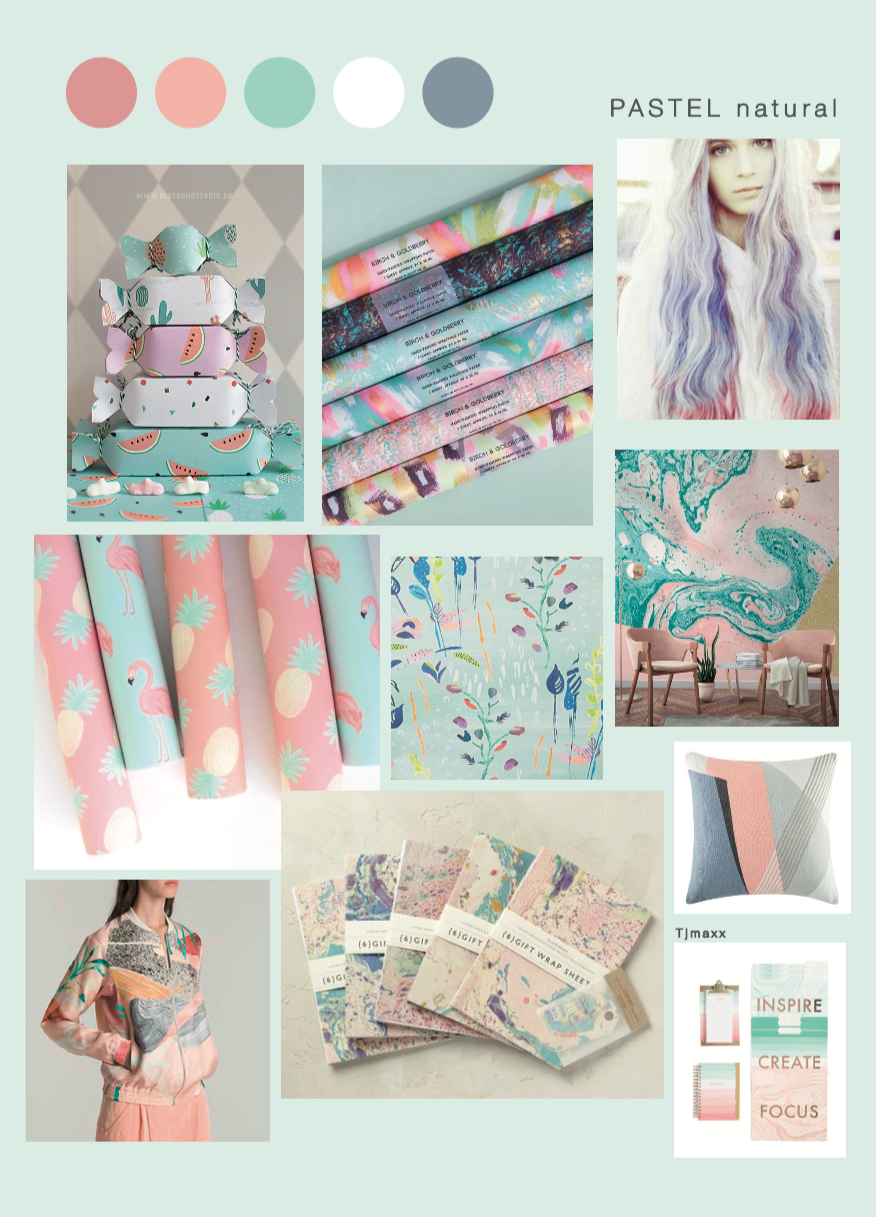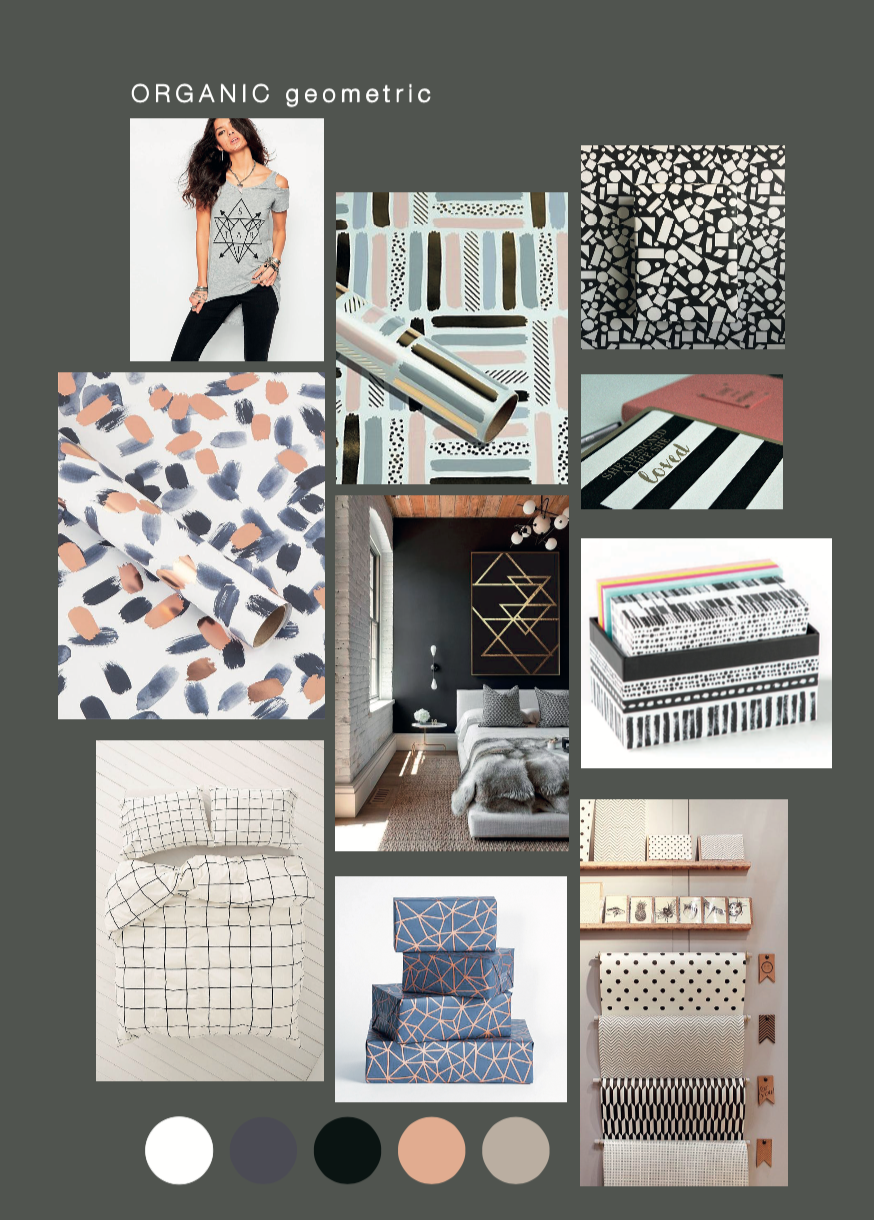I’m often asked how my collections start. Where do I find inspiration? How do I think of the idea? Like most things, the process is organic and takes time.
A process I have used for years is called mood boarding and style boarding. Mood boards are used in professional fields like interior design, fashion, and graphic design. It can include anything that helps you define the direction of your project. Style boards are more focused and streamline, often conveying style over substance.
What’s a mood board?
A mood board is a cohesive collage using images, text, and other objects that define your though processes and communicate your ideas. More than a sticky mess of all sorts, a moodboard doesn’t confuse it provides clarification, and helps bring things into focus, like your vision, identity, and the emotions you want to convey. It must be curated and thoughtful.
It can be physical, using a board base and spray mount images and materials to the surface. Source from magazines, newspapers, old books, photos, or materials. These are great for tactile creatives and people who need to see and feel a physical piece of work.
A mood board can also be digital. The most popular way, and the way I develop most of mine, is Pinterest. Pinterest is a visual discovery tool that allows you to set up mood boards and collections online, on your phone or iPad. These can be useful if you need to duplicate images and use multiple boards at the same time.
What to add?
Colours. Textures. Words. Photos. Art. Letters. Patterns. Shapes. Design. Illustration
The moodboard I created for Nomad, my newest collection, was a mixture of physical and digital. I spent months collecting and sourcing images and physical things I found that spoke to me, and sat with the vision I was developing in my mind. I have a foam board at the side of my desk always that I pin onto and blue tag and use as a big handbag! This is where it all starts.
A little snippet of my most recent Pinterest moodpboard for Nomad. Developed alongside physical style boards.
When to stop?
From there I tend to develop Pinterest boards from the physical board, until I finally have a thorough and concise vision. Often people think they can’t design until the moodboard is complete but in reality, I am designing alongside developing mood and style boards, it’s something that helps focus and really cement the look and feel of the particular project.
So a tip is to only stop once your project have been completed.








